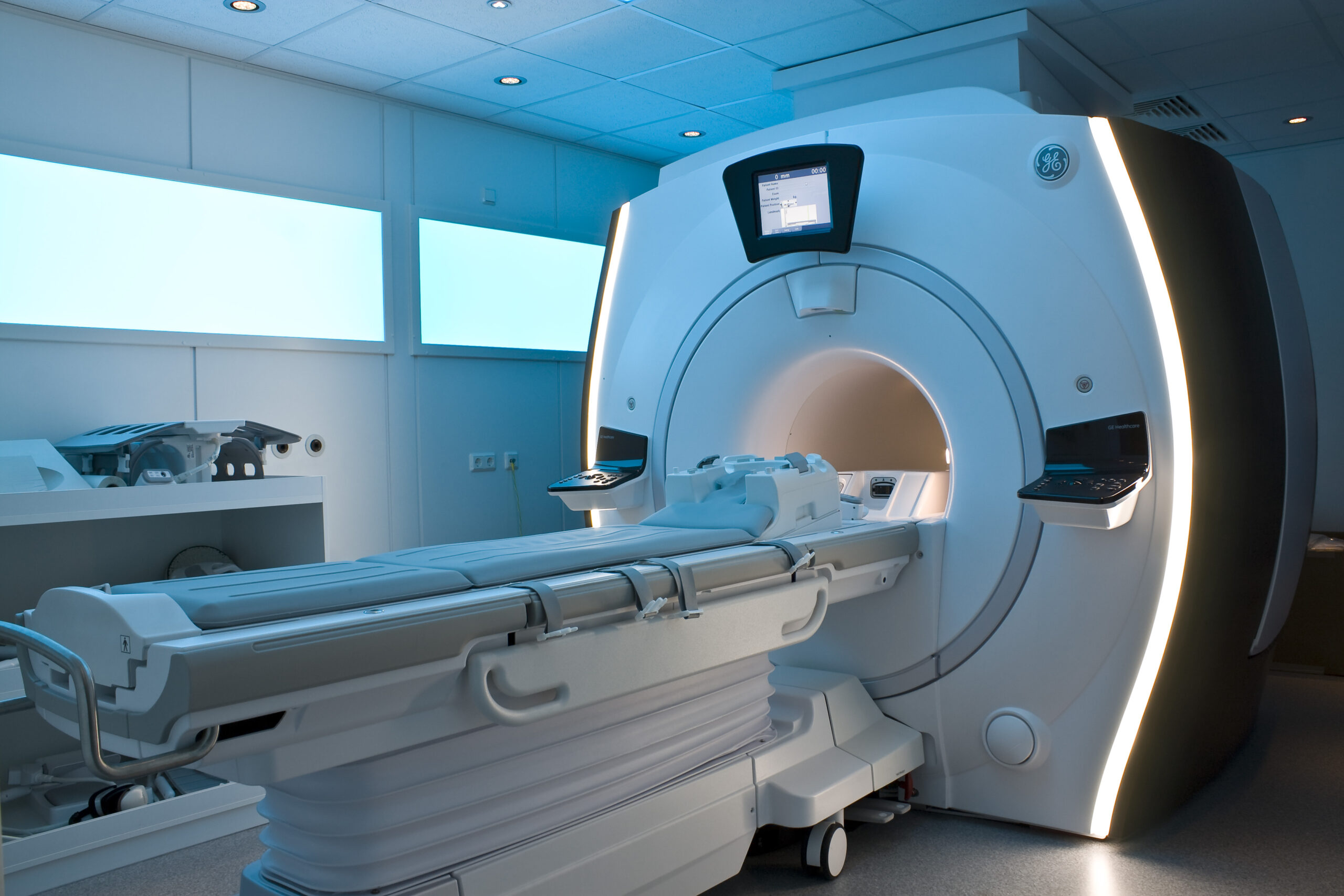Magnetic Resonance Imaging (MRI) and Nuclear Magnetic Resonance (NMR) are two sophisticated techniques that exploit the unique properties of atomic nuclei in magnetic fields. At first glance, one might ponder: What distinguishes MRI from NMR, and why should one care about the nuances separating these sophisticated modalities? This question is not merely academic; understanding the fundamental differences between MRI and NMR can elucidate their respective applications in medicine and research, impact technological advancements, and ultimately influence patient outcomes.
The crux of the distinction between MRI and NMR lies in their respective applications and the specific contexts in which they are utilized. While both technologies rely on the principles of nuclear magnetic resonance, MRI primarily serves as a diagnostic imaging tool in clinical settings, whereas NMR is predominantly employed in chemical analysis and materials science.
To grasp the differences, one must first delve into the operational principles of both techniques. Both MRI and NMR utilize strong magnetic fields to align the nuclei of atoms—most commonly hydrogen nuclei present in water. When placed in a magnetic field, these nuclei resonate at characteristic frequencies depending on the strength of the field. This resonance can be detected and analyzed. However, MRI employs additional imaging techniques to transform the data gathered into detailed anatomical images, whereas NMR focuses on the chemical structure and purity of compounds.
One of the most glaring distinctions resides in what types of signals are measured and, consequently, what they yield. In NMR spectroscopy, the signals produced allow chemists to probe molecular structures, elucidating information on molecular connectivity, functional groups, and stereochemistry. NMR is pivotal for characterizing complex organic molecules and analyzing mixtures, often serving as the mainstay in laboratories that require elucidation of intricate chemical frameworks.
Conversely, MRI generates cross-sectional images of the body, primarily focusing on soft tissues. Its ability to differentiate between various types of tissues—such as fat, muscle, and water—renders it indispensable in medical diagnostics. The selective imaging capability of MRI results from the differences in relaxation times (T1 and T2) of hydrogen nuclei in various environments. This technique enables clinicians to diagnose maladies ranging from tumors to neurological disorders effectively.
Despite these operational divergences, both MRI and NMR benefit from similar technological advancements. The alignment of advanced computer algorithms with sophisticated hardware has propelled both modalities into an era of unprecedented resolution and accuracy. Remarkably, the invention of functional MRI (fMRI) has blurred the lines further by enabling researchers to examine and visualize brain activity in real-time, utilizing the principles of blood-oxygen-level-dependent (BOLD) contrast. Yet, this leads us to another intriguing question: can MRI’s imaging prowess be fully harnessed within molecular analysis as NMR is utilized?
Moreover, the spatial resolution of MRI is notably inferior compared to NMR. NMR can yield results at a molecular scale, whereas MRI generally operates at the macro level. The realm of MRI spans millimeters to centimeters, making it suitable for assessing larger anatomical structures but insufficient for molecular insights. On the other hand, the micro- and nanoscale measurements accessible via NMR generate a plethora of structural data, granting chemists profound insights into molecular dynamics.
The physical environments in which these techniques function further illuminate their distinctions. MRI machines, with their sizable magnet assemblies and intricate circuitry, occupy significant real estate, reflecting their application in clinical environments requiring patient accommodation. NMR spectrometers, while still complex, tend to be more compact, catering primarily to laboratory settings where thorough chemical analysis occurs without the necessity for patient interaction.
Operationally, the sample preparation methods also diverge. MRI usually requires minimal preparation and leverages the body’s innate chemistry—predominantly utilizing water molecules inherent in biological tissues. NMR, however, necessitates precise sample conditions, often utilizing solvents or specific concentrations to ensure optimal resolution and spectral quality. A further complication arises in identifying suitable sample matrices that do not interfere with the resonance frequencies of the molecules under examination.
From a safety perspective, both techniques pose unique challenges. MRI employs high magnetic fields that may be hazardous to patients with metallic implants or devices, necessitating rigorous screening protocols. NMR, while less invasive, engages radiofrequency fields and may require precautions to shield users from prolonged exposure to intense electromagnetics during experimental analysis.
This summation leads to a profound recognition of the synergy and divergence between MRI and NMR, revealing the cerebral interplay between the health and research domains. Each technique contributes invaluable insights while concurrently posing challenges and limitations. As technology continues to innovate, the potential for converging these modalities or developing hybrid techniques provides fertile terrain for future exploration.
In conclusion, the differences between MRI and NMR are not merely superficial; they reflect a rich tapestry of scientific evolution shaped by the unique requirements and objectives of different fields. Should MRI continue to advance towards molecular insights, will it begin to encroach on the territory traditionally dominated by NMR? This question invites further discourse as science and technology continue to intertwine, inspiring advancements that reshape our understanding and capabilities in both medical imaging and molecular analysis.












